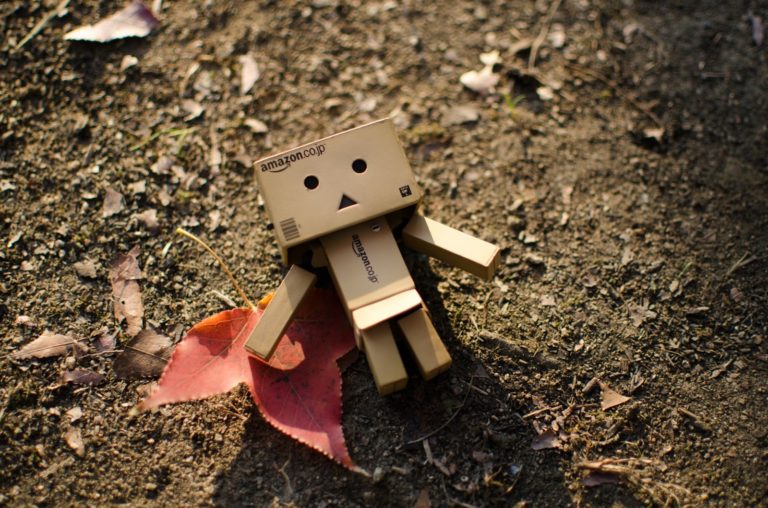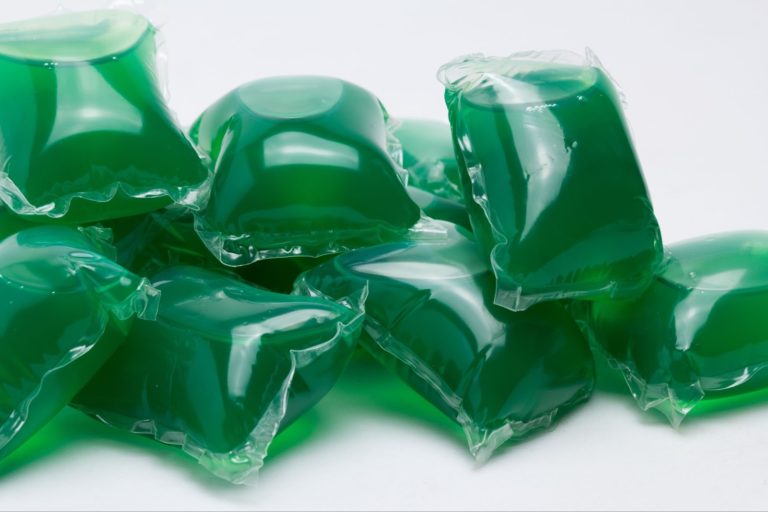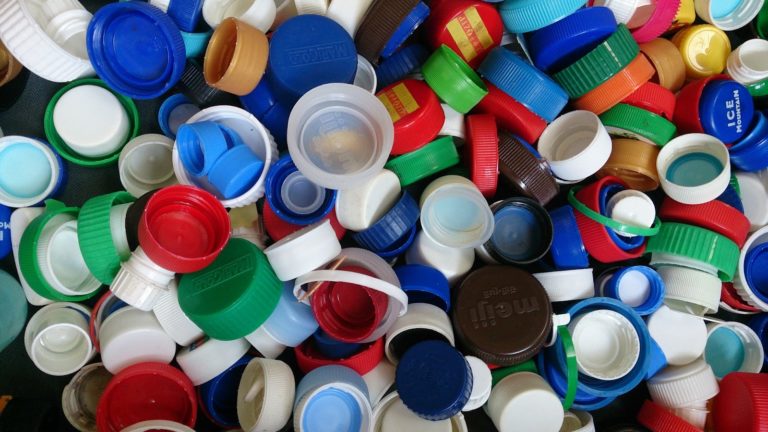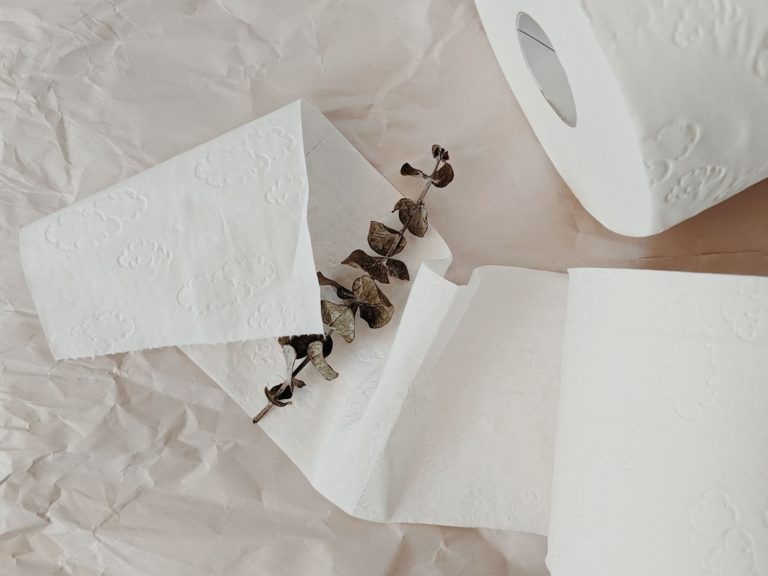The Truth About Silicone: Is It Plastic & Is It Eco Friendly?
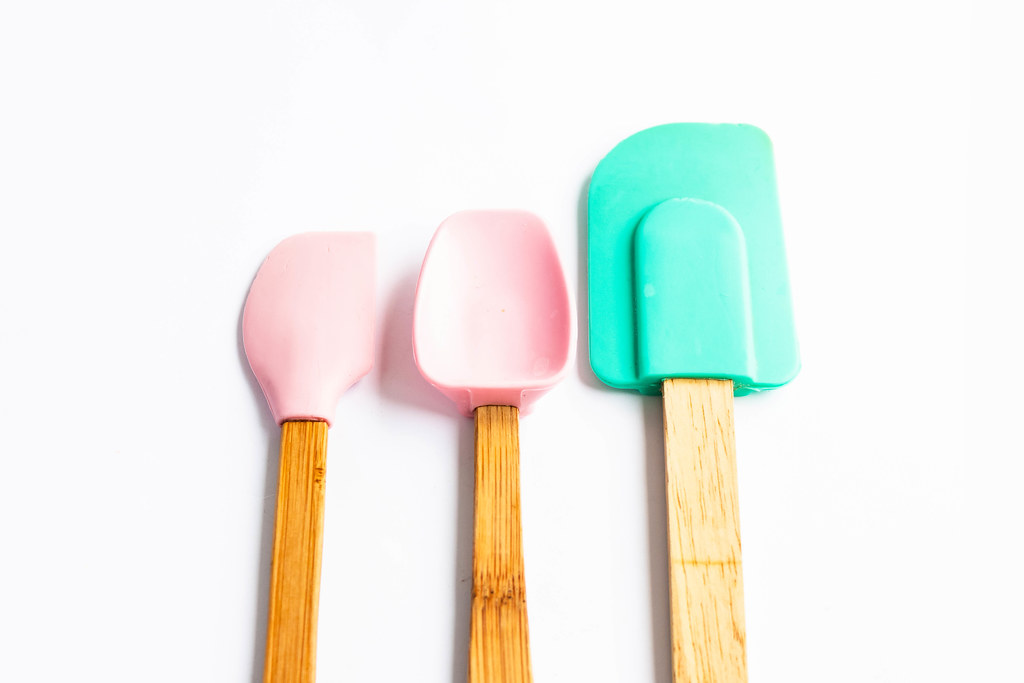
Have you ever wondered what silicone is made of? Or if it’s eco-friendly? Well, you’re in luck! In this blog post, we’ll be discussing everything you need to know about silicone and its environmental impact.
What is silicone?
Silicone is a synthetic polymer that is made from silicone dioxide, which is a natural compound found in sand and rock. Silicone is produced by combining silicon, which is a crystalline solid that is hard and brittle, oxygen, and other components such as hydrogen and carbon.
Silicone may be altered to take on a variety of forms, including those with a gel-like consistency, a texture similar to rubber, or one that is as solid as a rock. This property is what gives silicone its extraordinary versatility.
Silicone is a very versatile material that can be used in a variety of products, including cookware, medical devices, and even in some cosmetics.
One of the main benefits of silicone is that it is heat resistant. This means that it can be used in high temperature environments, such as in ovens and microwaves. It is also resistant to UV light, making it a good choice for outdoor products.
Silicone is non-porous, so it doesn’t absorb dirt or bacteria. This makes it very easy to clean, and you can even put it in the dishwasher.
Silicone is also very durable. It doesn’t break down easily and can last for years. This makes it a great choice for products that need to be long lasting, such as medical devices.
Silicone is also hypoallergenic, which means that it won’t cause an allergic reaction in most people. This is important for products that will be used on sensitive skin, such as in cosmetics.
Is silicone eco-friendly?
The short answer is yes, silicone is eco-friendly. It’s a man-made material that is derived from silicon, which is a natural element. Unlike plastic, silicone is non-toxic and doesn’t release harmful chemicals into the environment. It’s also durable and long-lasting, so it doesn’t have to be replaced as often as other materials.
The long answer is a little more complicated. While silicone is eco-friendly, the manufacturing process can have a negative impact on the environment. For example, the process of extracting silicon from sand can release harmful chemicals into the air and water. And when silicone is manufactured, it often uses energy from fossil fuels, which can contribute to climate change.
Is Silicone Better Than Plastic?
The composition of silicone is a mystery to the vast majority of people. Although it is quite similar to plastic in terms of its applicability, strength, and feel, its chemical composition is quite different.
Silica, which is a component of sand, is the starting material for the production of silicone. It is because of this why silicone is so long-lasting and is able to tolerate temperatures that are extremely high.
If you have a silicone product in your kitchen, it can resist temperatures in your freezer that are well below zero degrees and temperatures in your oven that reach approximately 200 degrees Celsius.
In contrast to the majority of polymers, silicone will not melt, deform, or contaminate whatever it contains.
However, the manufacturing of silicone is not necessarily preferable than the manufacturing of plastic. In order to manufacture the drug, resources such as petroleum are burned, which has a wide range of adverse effects on the surrounding ecosystem.
Is silicone biodegradable?
Silicone is not a material that can be broken down naturally like plastic can, although it does have a lower risk of doing so than plastic does. When compared to plastic, silicone offers a greater number of possible applications. When compared to products made of plastic, silicone can be scratched, discolored, or broken after a far greater number of uses without adverse effects.
As a direct consequence of this, a lower volume of materials and overall waste has been produced. This has a net good effect on the environment because it will reduce the pollution caused by plastic.
Silicone isn’t biodegradable yet isn’t environmentally damaging. Depending on how it’s seen, it’s neither immediately beneficial nor harmful to the environment. Silicone decomposes slowly, unlike plastic. Silicone is a robust substance. It’s heat-resistant.
Silicone isn’t affected by chemical or biological exposure. Silicone is stable even when exposed to light. Even in saltwater situations, it didn’t degrade. To biodegrade organically, it requires a lot of external pressure.
Silicone doesn’t hurt the environment, thus this is good. It’s resistant to disintegration, so it doesn’t release hazardous substances that could harm humans, wildlife, and the environment.
Best uses of silicone
Silicone doesn’t have the same dangerous compounds like BPA that give plastic its poor name, so it’s acceptable to use in food-contact applications like silicone lunch boxes.
Silicone is more eco-friendly and healthier than plastic, but more research is needed to determine exactly what chemicals it may contain.
Choose silicone when you need a long-lasting, robust product. Spatulas and storage bags, for instance, constructed from inferior materials are prone to cracking. Silicone is tear-proof and resistant to extremes of temperature.
As a result, things created from it don’t need to be replaced as frequently as, say, plastic ones, making them better suited to a zero-waste lifestyle.
How Does One Deal With Used Silicone?
There are a few options for getting rid of silicone products once they are no longer needed.
Recycling
Since it would take silicone a very long time to degrade if buried, this is not a recommended course of action. Silicone, on the other hand, should be preserved for as long as feasible.
So, recycling them is the best option. Fortunately, recycling is not a complicated or technical operation; you can give it a try in the comfort of your own home.
Reusing It
Do you want to have a great time while also learning and growing? Therefore, you may want to think about recycling your old silicone. Making your own silicone goods is a fun and creative hobby. What’s intriguing is that you probably already have most of the materials you’ll need for them. Used silicone can be repurposed into a variety of useful items such as:
- Mats for baking
- Tray for carrying one’s lunch
- Accessories made from tiny pieces of coral
- Items for the bathroom and the vanity
What is food grade silicone?
The low molecular weight siloxanes, which have been identified as a possible health issue, are removed during the purification stage of silicone polymer synthesis. Platinum cured silicone that is safe for use in the food industry. In other words, this technique purifies the silicone to the point where it can be used unharmed in culinary applications.
Using silicone in the kitchen: safe or not?
We can say both yes and no.
The issue of chemical migration from food contact materials is a hot one. Much ink has been spilled over the dangers of plastic, but is silicone dangerous to humans? The Food Packaging Forum compiled a lengthy report a few years ago on the chemical migration and toxicity of silicones.
The Swiss Federal Office of Public Health conducted a study showing that although the substance was stable up to 150 degrees Celsius, heating it above 200 degrees caused a significantly higher migration of volatile compounds, and this was one of several studies highlighted in the dossier that detected chemical migration below the upper safety limits.
To which we return to our original question: can silicone be used in the kitchen without risk?
Another study that looked at off-gassing and chemical migration into food from newly acquired silicone baking molds also found cause for worry. Molds should only be utilized after thorough precleaning and within the narrow temperature ranges specified by the makers, as stated in the paper’s conclusion.
We believe it is safest to use less silicone utensils in the kitchen, despite the fact that some research has found otherwise. Glass, ceramic, and stainless steel are some of the safer options.
Final Thoughts
Silicone can be found in a wide variety of everyday items, including shampoo, spatulas, spoons, spatulas, spatula handles, containers, and cookware. It’s not the best option for food packing, and it’s not the most eco-friendly houseguest, but it can get the job done in place of plastic in many scenarios.
Overall, it’s safer than plastic because of its stability and considerably more durable, making it a better alternative than other forms of plastic for goods that you use often.
However, its use should be limited, and other materials like glass, stainless steel, or ceramic should be favored wherever possible. Without a shadow of a doubt, silicone will be around for a long time.
